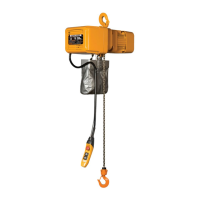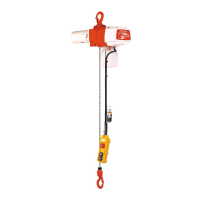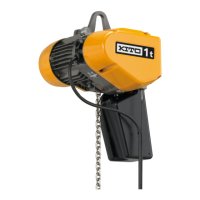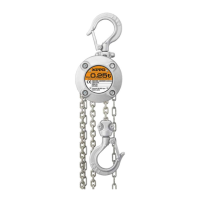Why is my KITO Chain Hoists leaking oil?
- JJoshua RamirezJul 25, 2025
An oil leak in your KITO Chain Hoists can be attributed to: * A missing oil plug. * A loose fitting or oil plug. * A missing plug packing. * Worn or deteriorated oil packing. To resolve this, attach the normal oil plug, fasten the plug tightly, attach normal packing, or replace with new packing.





